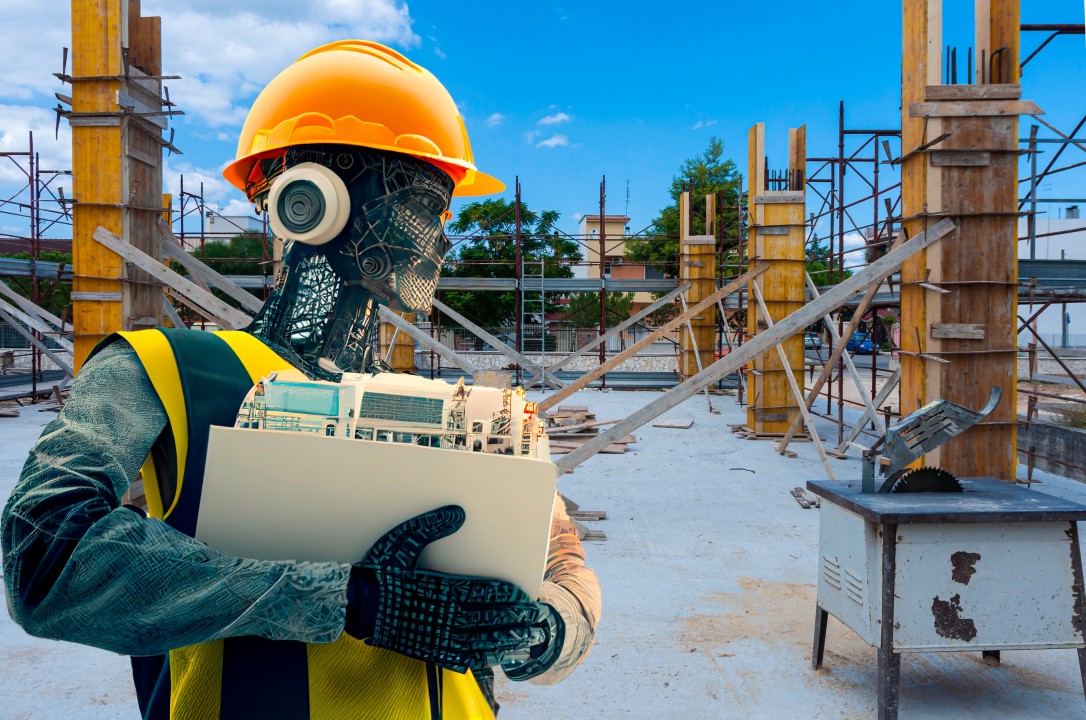Contents
As technology continues to evolve, the world of construction is quickly transforming. Now more than ever, businesses must keep abreast of the latest developments in order to stay competitive.
Artificial intelligence (AI) and Building Information Modeling (BIM) are two major advancements making waves on building sites worldwide, and their integration can greatly benefit any construction company looking for a leg up.
In this article, we’ll dive into AI and BIM implementation in the construction industry—in other words, what they entail and how they’re beneficial. By staying informed about these innovative technologies, your business will be prepared to enter the future of construction building.
Looking to improve the way you build your projects? ALICE Technologies offers an optioneering platform that allows you to explore building alternatives so you can plan smarter. With ALICE, you can get your projects online faster.
Regardless, here’s what you need to know about AI and BIM integration in construction.
What is AI in construction, and how is it used?
AI in construction refers to the use of artificial intelligence technologies such as machine learning, predictive analytics, and natural language processing to improve efficiency and accuracy within a building project. It is often applied in areas like site plans for building permits, where automation and data-driven insights ensure faster approvals and compliance with local regulations.
It also helps to automate tedious tasks like data analysis, scheduling, and job progress tracking. AI enables applications such as robotic process automation (RPA) to cut back on the expenses and time needed for specific projects.
Furthermore, AI-driven analytics allow for easier visualization of data in order to uncover trends or insights that may have been previously unseen. This type of analysis is especially helpful when it comes to making timely decisions on a project’s progress.
What is BIM in construction, and how is it used?
Building Information Modeling (BIM) refers to the digital representation of physical and functional characteristics of a building project. It allows for efficient collaboration between all stakeholders involved in a project, from architects to contractors to clients.
BIM enables users to create a 3D model of the entire building, including its site environment and all of its components. This can be used for design visualization, cost estimation, analysis of energy efficiency, and more.
BIM also integrates workflows and allows for faster communication between the various teams involved in construction projects by providing an interactive platform for information exchange. It helps to reduce the risk of errors when designing, constructing, and managing a building by making sure that everyone has access to the same data at all times.
The advantages of AI and BIM together in construction
By combining AI and BIM in construction projects, businesses can benefit from enhanced collaboration between departments and increased accuracy throughout the entire process.
This technology can help make projects more efficient, cost-effective, and less prone to errors. Together, they create an end-to-end solution that streamlines the construction process from start to finish.
AI and BIM integration in construction is quickly becoming a necessity for companies looking to stay competitive.
By leveraging this technology, businesses can benefit from improved collaboration between departments, increased accuracy throughout the entire process, and ensuring more efficient use of resources—all of which can lead to increased productivity and profitability.
For these reasons, investing in AI and BIM integration is becoming an increasingly popular choice for businesses looking to stay ahead of the curve. With the right tools and knowledge, you can ensure that your construction projects are as successful as possible.
How AI and BIM are used in construction
Here’s specifically how these technologies are used in conjunction in the construction industry.
Managing resources
The BIM model can be analyzed by AI to manage resources effectively. This includes identifying the best allocation of resources to minimize waste and increase efficiency. Additionally, AI can be utilized to pinpoint areas where labor can be used more efficiently.
Predicting risk
Some AI platforms can use data from the BIM model to predict maintenance needs. It can identify areas where equipment failures are likely to occur, allowing maintenance to be done before a breakdown occurs. This approach can lower expenses and reduce downtime.
The optimization of designs
The use of AI can help in detecting design flaws and enhancing the overall BIM model. It has the ability to identify areas where energy efficiency can be improved and where materials can be used more efficiently to reduce expenses and waste.
Optimizing building and construction
AI can analyze the BIM model to enhance the construction process by determining the optimal construction sequence to minimize time and expenses. Furthermore, AI can detect potential safety hazards in the model, resulting in the prevention of accidents on the construction site.
Conclusion
In conclusion, AI and BIM integration in the construction industry are essential for staying competitive. Not only do they enable more efficient use of resources, but they also improve accuracy and collaboration throughout the entire process.
By investing in this technology, businesses can benefit from improved productivity and profitability, allowing them to stay ahead of the competition.


